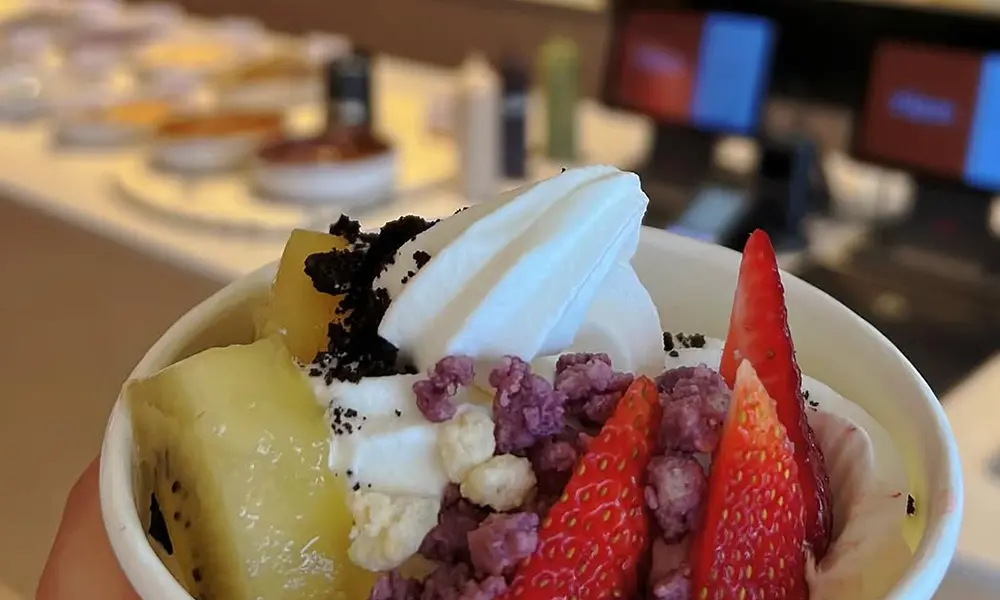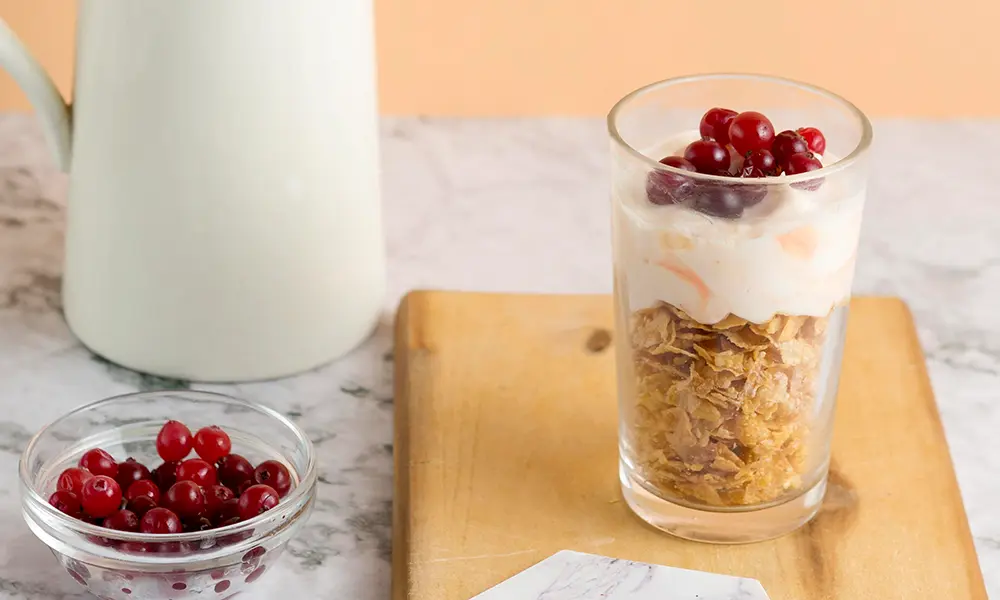So, you’re curious about acai, are you? You’ve heard it’s a superfood, packed with antioxidants and other health benefits. But where did this incredible berry actually come from? Understanding its origins helps us appreciate not only its health advantages but also its deep cultural significance. This blog dives into the fascinating story of where did acai originate, exploring its journey from the lush Amazon rainforest to modern smoothie bowls worldwide.
Where Did Acai Originate? The Amazonian Heartlands
The acai berry traces its roots to the Amazon rainforest, primarily in the northern regions of Brazil. The acai palm tree (Euterpe oleracea) thrives in floodplains and wetlands, where the environment is perfect for its growth. For centuries, the indigenous tribes of the Amazon have relied on acai berries as a staple food. These communities cultivated acai not only for sustenance but also for its medicinal and cultural value.
Ancient Uses: A Multifaceted Treasure
The question, “Where did acai originate?” extends beyond geography it encompasses its traditional uses:
- Sustenance: Acai berries were consumed as pulp, mixed with other local ingredients to create nutrient-rich meals.
- Medicine: Indigenous healers used acai to treat various ailments, appreciating its potential health benefits long before modern science.
- Cultural Importance: Beyond food and medicine, the acai palm provided materials for tools, housing, and crafts, showcasing its versatility in daily life.
From the Amazon to the World
Acai’s journey to international fame began in the late 20th century. Initially a local delicacy in Brazil, its reputation grew as travellers and researchers began to recognise its unique properties. The introduction of acai into health-conscious markets, particularly in the United States and Europe, marked a turning point.
Exporters capitalised on the question, “Where did acai originate?” by emphasising its Amazonian heritage. This association with exoticism and wellness helped acai secure its place as a global superfood.
The Acai Phenomenon: Health and Wellness
Why has acai become such a sensation? Its nutrient profile is a major factor. Rich in antioxidants, fibre, and healthy fats, acai berries are a superfood, powerhouse of nutrition. They are especially noted for their anthocyanins, compounds believed to combat oxidative stress.
The rise of smoothie bowls and health trends also played a role. Products like acai bowls and juices are visually appealing, Instagram-worthy, and incredibly versatile. But the roots of their appeal trace back to one question: “Where did acai originate?”
Sustainable Cultivation: Protecting Acai’s Roots
With acai’s global popularity comes the responsibility to ensure sustainable production. The Amazon remains the primary source of acai berries, but overharvesting and deforestation threaten this delicate ecosystem. To preserve the answer to “Where did acai originate?” it’s crucial to adopt ethical cultivation practices that protect both the environment and the livelihoods of local communities.
Conclusion
The story of where did acai originate is as rich as the berry itself. From its humble beginnings in the Amazon rainforest to its global recognition as a superfood, acai’s journey is a testament to its versatility and cultural significance. By appreciating its origins, we can ensure that this incredible fruit is cultivated and consumed sustainably.
Ready to experience the magic of acai? Create your own superfood masterpiece with Yo Hayo! Contact us today to learn more about our acai products and how you can incorporate this Amazonian treasure into your life.
FAQs
-
Where did acai originate, and why is it so popular?
Acai originated in the Amazon rainforest, particularly in the floodplains of northern Brazil. Indigenous communities have consumed it for centuries as a vital source of nutrition and a key ingredient in traditional medicine. Acai gained global popularity for its high antioxidant content, potential health benefits, and unique, earthy flavour. Its versatility in smoothies, bowls, and juices also made it a favourite in health and wellness trends worldwide. This berry’s rise to fame highlights its transformation from a regional staple to an internationally celebrated superfood.
-
What makes acai different from other berries?
Acai stands out due to its rich nutrient profile and unique flavour. Unlike most berries, acai has a creamy texture and an earthy, slightly tart taste, often described as a mix of chocolate and berries. It’s particularly known for its high antioxidant levels, specifically anthocyanins, which contribute to its deep purple hue. Acai also contains healthy fats, low natural sugar, and essential vitamins, making it a popular choice for those seeking nutritious and balanced snacks. Its origins in the Amazon rainforest add to its allure as a culturally significant and sustainably sourced fruit.
-
How is acai traditionally used in its place of origin?
In the Amazon rainforest, acai is a staple food for indigenous communities. Traditionally, the pulp is extracted from the berries and used in various ways, such as mixing it with water or cassava flour to create a nutrient-dense meal. Acai juice is another popular preparation, enjoyed as a refreshing beverage. Beyond food, the acai palm is also used for materials, including roof thatching and baskets, showcasing its versatility. These traditional uses reflect acai’s deep-rooted significance in the daily lives and cultures of Amazonian communities.
-
Is acai sustainable to harvest and consume?
Acai is generally considered sustainable when harvested responsibly. It grows on acai palms, which regenerate naturally in the Amazon rainforest, making it a renewable resource. However, increasing global demand has raised concerns about overharvesting and its impact on local ecosystems. Many producers now focus on ethical sourcing and sustainable farming practices to protect the rainforest and support local communities. When buying acai products, look for certifications or brands that prioritise fair trade and environmental stewardship to ensure you’re contributing to sustainable consumption.
-
What forms of acai are commonly available, and how should I use them?
Acai is most commonly found as frozen pulp, freeze-dried powder, or in pre-made smoothie packs. The frozen pulp is ideal for creating acai bowls or smoothies, while the powder works well in recipes like granola, baked goods, or beverages. Pre-made packs are convenient for on-the-go snacking or quick meal preparation. When choosing acai products, opt for unsweetened varieties to retain its natural nutrients. Whether you prefer it in a refreshing smoothie or a hearty bowl topped with granola and fruit, acai’s versatility makes it a staple for health-conscious individuals.





